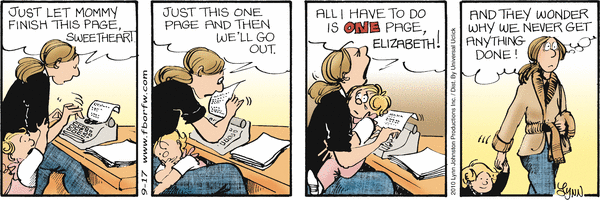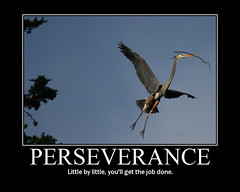Cool note: this is my 300th published post on this blog!
There’s so much to be said about dialogue. (Oh, wow—totally unintentional pun!) Some of us do it well naturally—we have an “eye” for dialogue. (And it drives us CAH-RAZY to see bad dialogue in published books.) But we all have different strengths—and we all have things to work on and learn.
The barest basics of dialogue are the simple mechanics, in no particular order. (Because, hey, we all have to start somewhere!)

- Make it clear who’s speaking.
- As a corollary for #1, change paragraphs when changing speakers. (Not necessarily every time someone begins speaking—see #4.)
- Use actual speech attributions (verbs like “said”) sparingly, and default to the near-invisible said and/or asked as often as possible.*
- Use action beats to help identify the speaker (among other important purposes). Keep those action beats in the same paragraph as the speaker, and if you involve more than one character in the thoughts or beats, make sure it’s clear who’s speaking.
- Do not use action beats as speech attributions. Or, as Annette Lyon put it in a guest post here, “Stop smiling words.”
- Punctuate thusly (American style): “I can’t do this,” she said. [comma, followed by a lower-case letter for the speech attribution]
“But you have to.” He rubbed his hands together. [Always a period there! Always a capital next! This is an action, not a way to speak.]
“Really?” she asked. [question mark, lower case for the attribution]
He nodded. “Really, truly, Johnny Lion.” [Again, use a period for the action.]
“But—” [Em dash, no comma or period—but if this was a question, you would put the question mark in. Just to make it hard on you.]
“No buts. I know—” he glanced around furtively—“you wish you weren’t here.” [Although this one may vary depending on the house style.]
*This is actually one I don’t particularly follow. A couple weeks ago, I read something I wrote ten years ago, and I found almost no speech attributions. In fact, I only used speech attributions if the way someone spoke was important—and couldn’t be conveyed through the dialogue (i.e. whispering, sarcasm, etc.). But I’ve also taken that too far, and sometimes it’s hard for my readers to tell who’s speaking. So I’m slowly learning to slip in those little invisible saids without twitching. Too much.
Tomorrow: what goes between the quotes!
Is dialogue one of your strengths? If so, share your best technique, trick or advice—in a guest post!
Photos by Leo Reynolds







